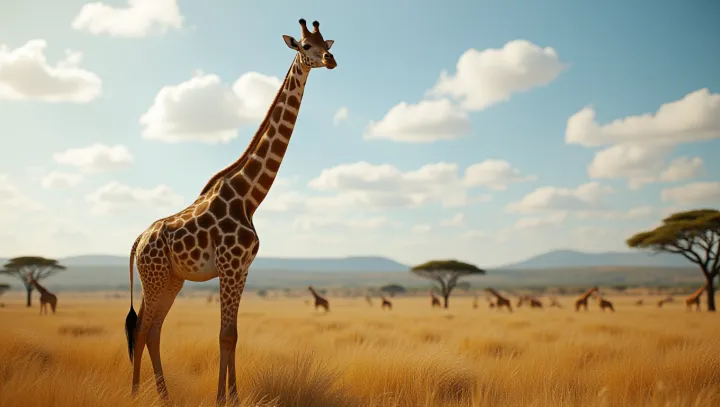The Evolutionary Drama of Giraffes' Necks

In the sprawling savannas of Africa, giraffes are among the most iconic wildlife. Their elongated necks are a subject of endless fascination and study. For decades, scientists have sought to unravel the evolutionary circumstances that have led to giraffes' uniquely long necks.
The commonly accepted explanation lies in the 'competing browsers hypothesis.' As Dr. John Mendes from the Wildlife Research Institute explains, 'Giraffes evolved their long necks primarily through natural selection to access higher foliage, surpassing other herbivores in accessing food during scarce periods.' Beyond feeding advantages, these towering necks serve a dual purpose in social rituals, particularly in males. This is known as 'necking,' where males use their necks as weapons in combat for dominance and access to mates.
The robustness and length of the neck not only enable them to reach untouched foliage but also provide an advantage in physical competition. Exploring giraffes' neck anatomy offers insights into the broader principles of natural selection and adaptive evolution. Within the context of climate change and habitat modifications, understanding such evolutionary traits is vital for conservation strategies, making it essential for ongoing ecological research efforts.
